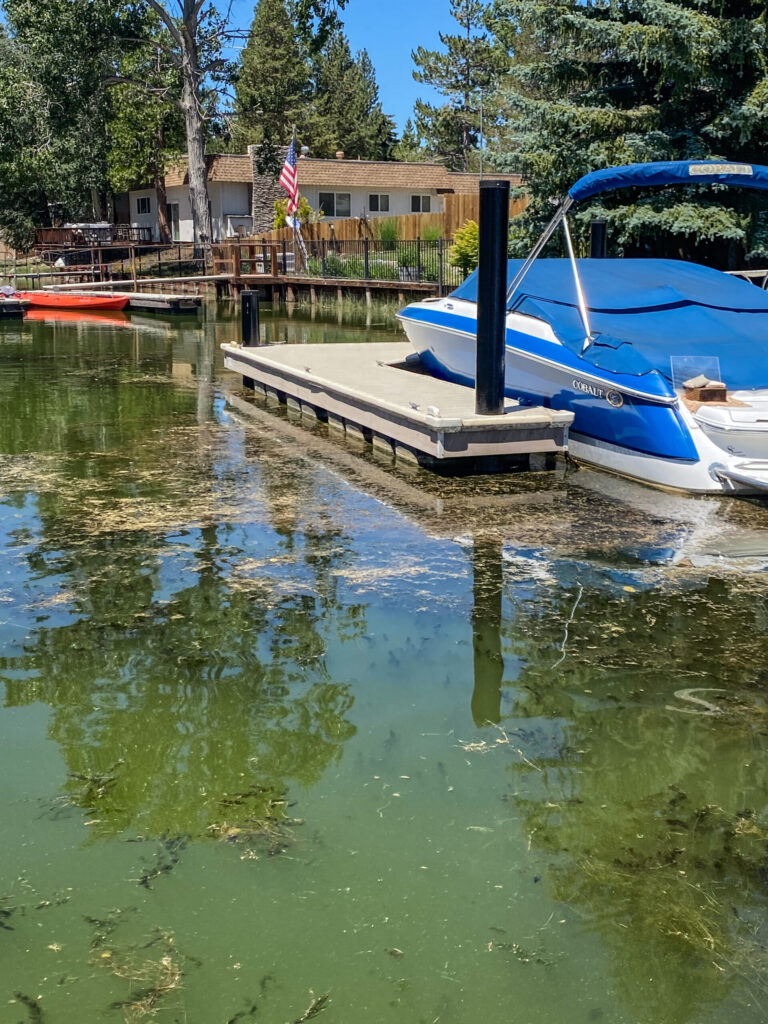While Lake Tahoe’s crystalline azure has lasted for eons, the changes wrought by past land uses in the basin have transformed its blue from merely a color into a cause—to protect this designated Outstanding Natural Resource Water. ESA is playing a quiet but key role in support of that cause—protecting the lake’s extraordinary clarity and overall ecological health by helping tackle one of its greatest threats, the introduction and spread of aquatic invasive weed species.
While invasive weeds have established in several locations around the lake, one location that is of greatest concern is the Tahoe Keys residential development in South Lake Tahoe, California. Built in the 1960s in a portion of a former marsh area where the Upper Truckee River flows into the lake, most homes in Tahoe Keys front on shallow artificial channels that allow residents to dock boats and enjoy direct access to Lake Tahoe through a channel.
Over time, the Keys’ warmer water has become home to invasive weeds as well as other non-native species, notably (but not exclusively) fish that thrive in weed-infested habitats.
According to the University of Nevada’s 2015 Implementation Plan for the Control of Aquatic Invasive Species within Lake Tahoe, the Keys are one of the top-ranked locations to focus reduction efforts “due to the magnitude of the plant and fish infestations as well as the high recreational use of these areas by Tahoe boaters.”
The goal is to keep these invaders from expanding and further spreading within the lake.
These concerns are not limited to the environmental community, as some might expect, but are shared by Tahoe Keys residents, the Tahoe Keys Property Owners Association, and numerous other stakeholders in the Lahontan Basin. After years of discussion, notably involving opposition of the use of aquatic herbicides in the Basin, the Tahoe Regional Planning Agency (TRPA) and its partners undertook an investigation to find the best way to deal with these invaders.
After evaluating several candidates, TRPA brought ESA into […]
Full article: esassoc.com

